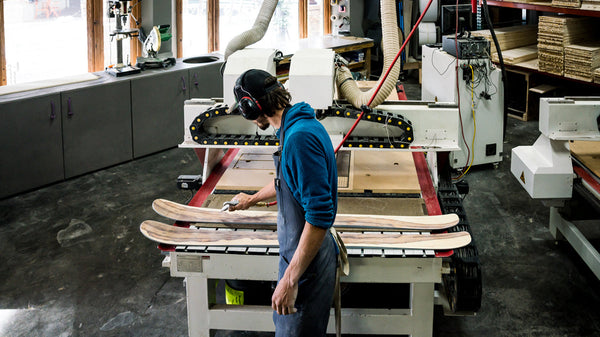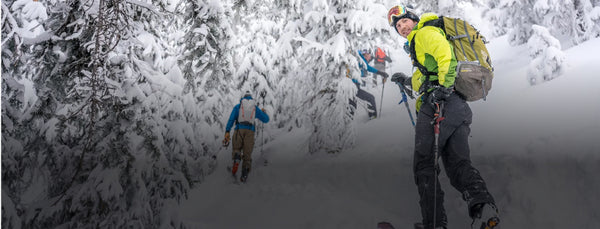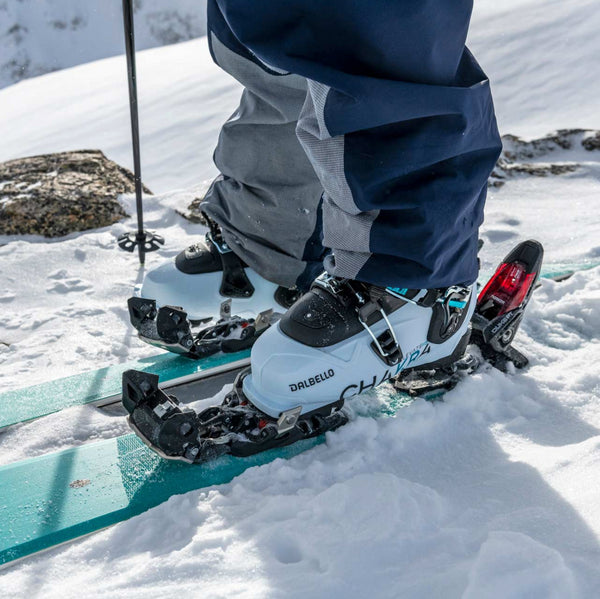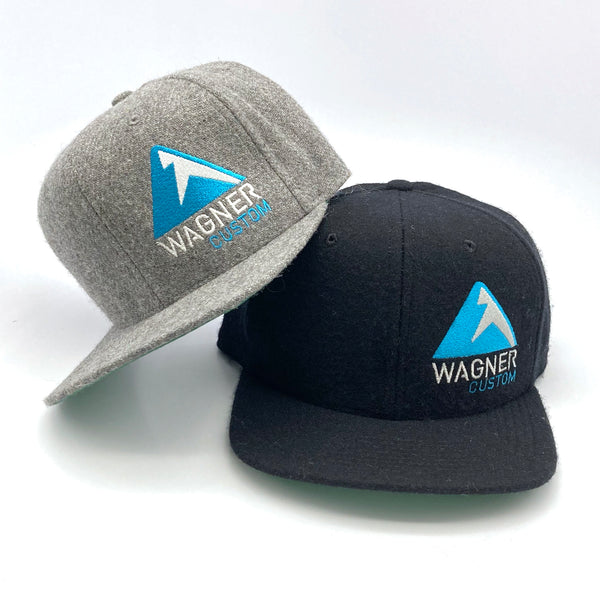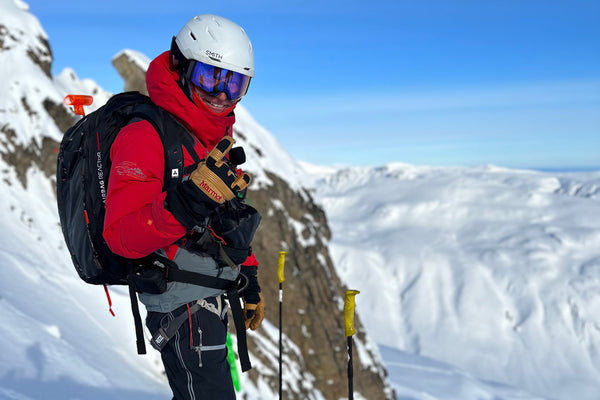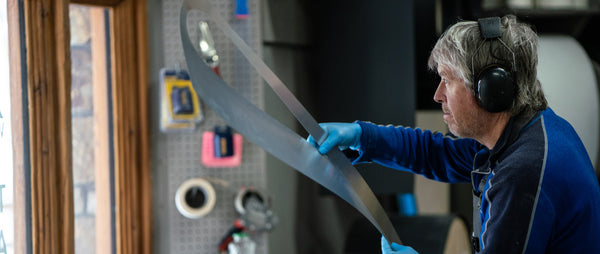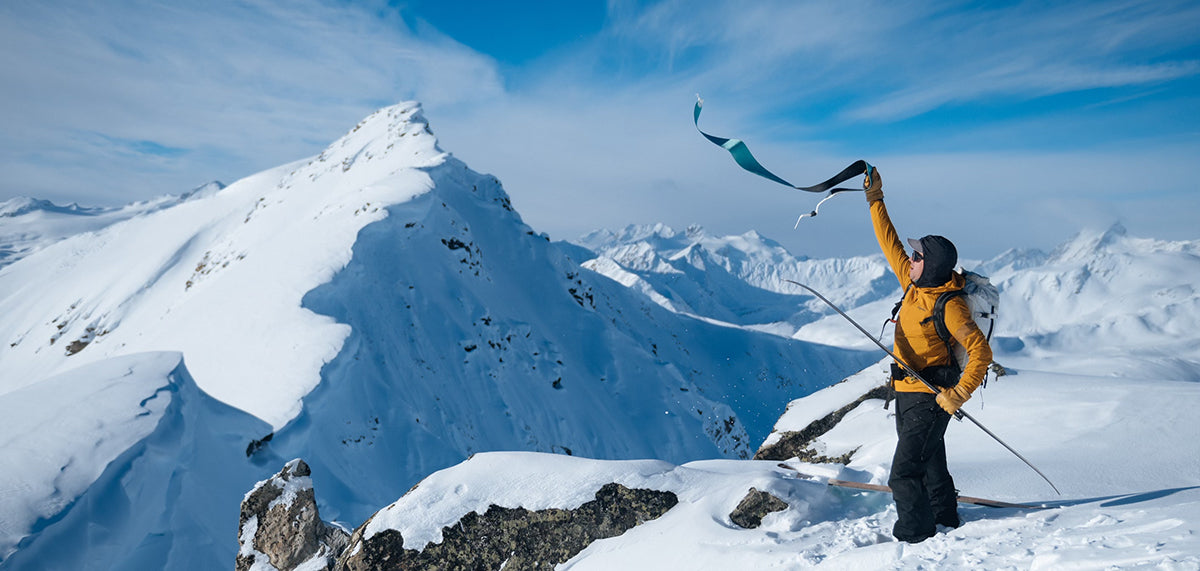
Tips for Backcountry Beginners
Backcountry skiing has a very high barrier to entry.
First, you need to take time-consuming avalanche courses, buy expensive gear, and then practice—always and often—how to use it. It’s great to learn by experience if you have a mentor, but good mentors can be harder to find than dates because there’s no app for that.
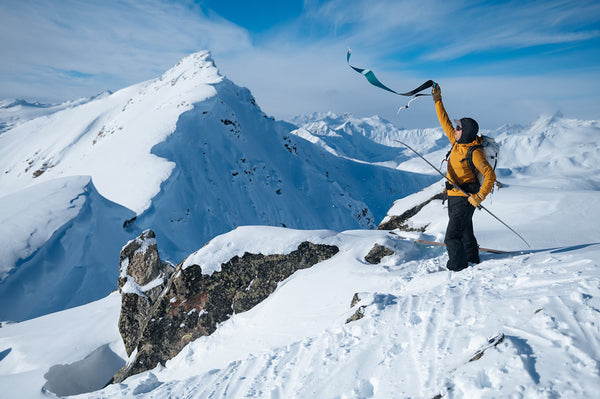
We think it's worth the effort to learn to backcountry well.
Don’t despair! It may take a long time to learning the ropes and get comfortable tackling big objectives in the backcountry, but the journey itself is worth it. After all, a day in the woods with friends skiing some nice low-angle pow is a day well-spent, we think. Meantime, here are some tips and tricks to make the process a little easier.
Kick Turns
We’re not going to walk you through the steps on how to do these here—there are tons of good videos like this one on YouTube for that—but what we are going to do is tell you to practice before you get in the backcountry. There’s nothing worse than struggling on a trail with your partners queued up in an audience behind you. You’ll waste a lot of energy and time unless you have these dialed in all kinds of terrain. There are different techniques for different snow conditions. Learn them all, and practice at the resort, in your backyard, in the park—wherever there is snow and a hill.
Glide, Don’t Step
Another tip that will save you a ton of energy on the skin track is to think about gliding instead of stepping. Pick your heel up and glide the ski on the snow beneath you, getting the maximum travel your hip will allow.
Steep Terrain? Stand Up.
When the terrain gets steeper and your skins start to slide backwards, stand up straight. It’s counter-intuitive, because you’ll want to lean forward, but think about putting pressure straight down on your ski under your foot. Keeping your chest up and your weight straight down to your foot will help you gain purchase.

Standing tall helps keep your weight over your feet.
Ski Crampons
Springtime, at least in Colorado, can be the safest time to backcountry ski. As soon as the snow gets in the corn cycle and if there’s no new snow, you can rest easy knowing you won’t trigger any loose, dry slides. (But you have to start early, because wet slides are definitely a thing when things warm up midday.) However, when the snow is still frozen first thing in the morning, it can make skinning steep slopes nearly impossible. This is where ski crampons come in. These tools are truly amazing for giving you security and safety in spring crust.
Layers
Always bring an extra lightweight layer, even if you think you won’t need it. After sweating for hours, you’ll be surprised how quickly you get cold. We like to bring a down layer, a pair of warm mittens that are different from your touring gloves, and an extra long underwear shirt if it’s mid-winter. Ladies may want to consider wool undies and sports bras—that next-to-skin layer is critical, and wool stays warm even when it’s wet.

Uphill is hot, downhill can be chilly. Have layers.
Heel Risers
There are some seasoned backcountry skiers who think heel risers are for wusses. But for the rest of us, they’re huge energy savers and they make skinning so much more comfortable. Don’t be afraid to spend a few seconds changing up your risers as the pitch changes. It’s worth it.
Pace Yourself
Guides call skinning slowly a “mountain pace,” and it’s definitely the way to go when you’re first starting out. You always want to conserve your energy as much as possible, and traveling at a comfortable pace is the most efficient. You never know what can happen in the mountains, so you always want to have some energy in reserve for the unknown. If your binding breaks or you make a mistake in navigation or if you end up having to posthole up or down, you’ll need plenty of gas left in the tank to make it out safely.

Remember: the top is only halfway.
Ski Conservatively
The backcountry is not the place to perfect your back flip. Even a minor injury on a short tour can be life-threatening. Ski conservatively and safely.
Download Maps
Subscribe to a backcountry map app—we like onX Backcountry the best—and learn how to make tour plans on your computer. Then download the map to your phone for offline use, so you can see where you are at all times. Mapping software can show slope angle, trees, contour lines, avalanche terrain exposure ratings, and even avalanche start and run-out zones. Plan your tour carefully, check your location often, and bring a phone battery charger, just in case. (Also remember to put your phone in airplane mode and stash it as far from your beacon pocket as possible.)
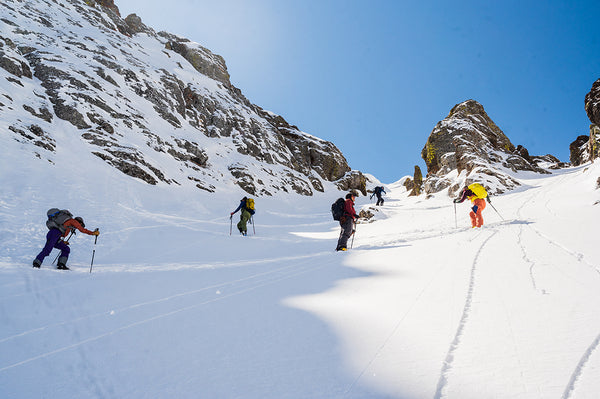
The best friends have maps. And you should, too.
Now you have some basic tips and tricks to make the backcountry safer and more enjoyable. Get out there, have fun, and don’t forget to bring snacks.
--
Article by Kimberly Beekman
Kimberly Beekman is the former editor-in-chief of the late, great Skiing Magazine (RIP), and a longtime editor of SKI Magazine before that. She currently uses the title of “freelancer” as a beard to ski powder all over the world. She lives in Steamboat, Colorado, with her wonderful daughter and terrible cat.

